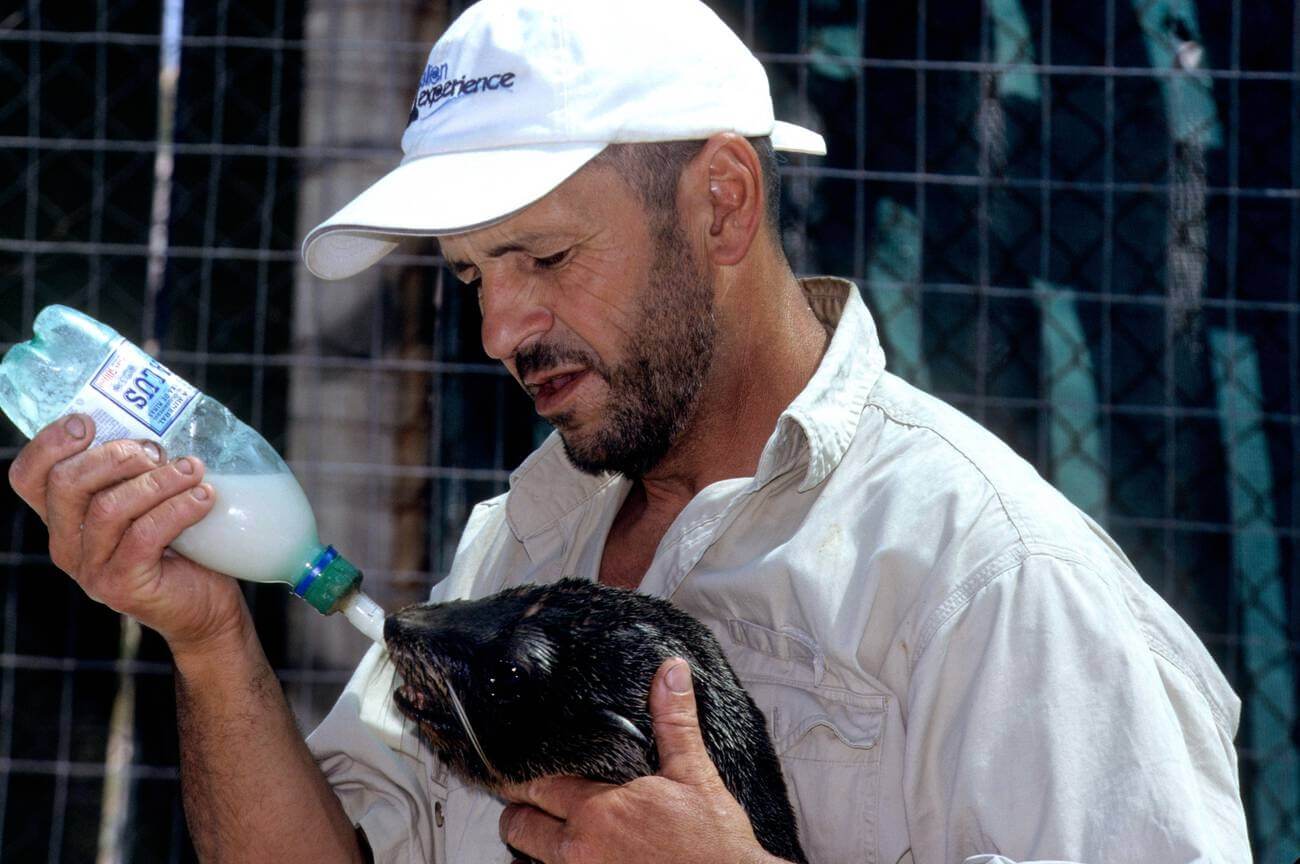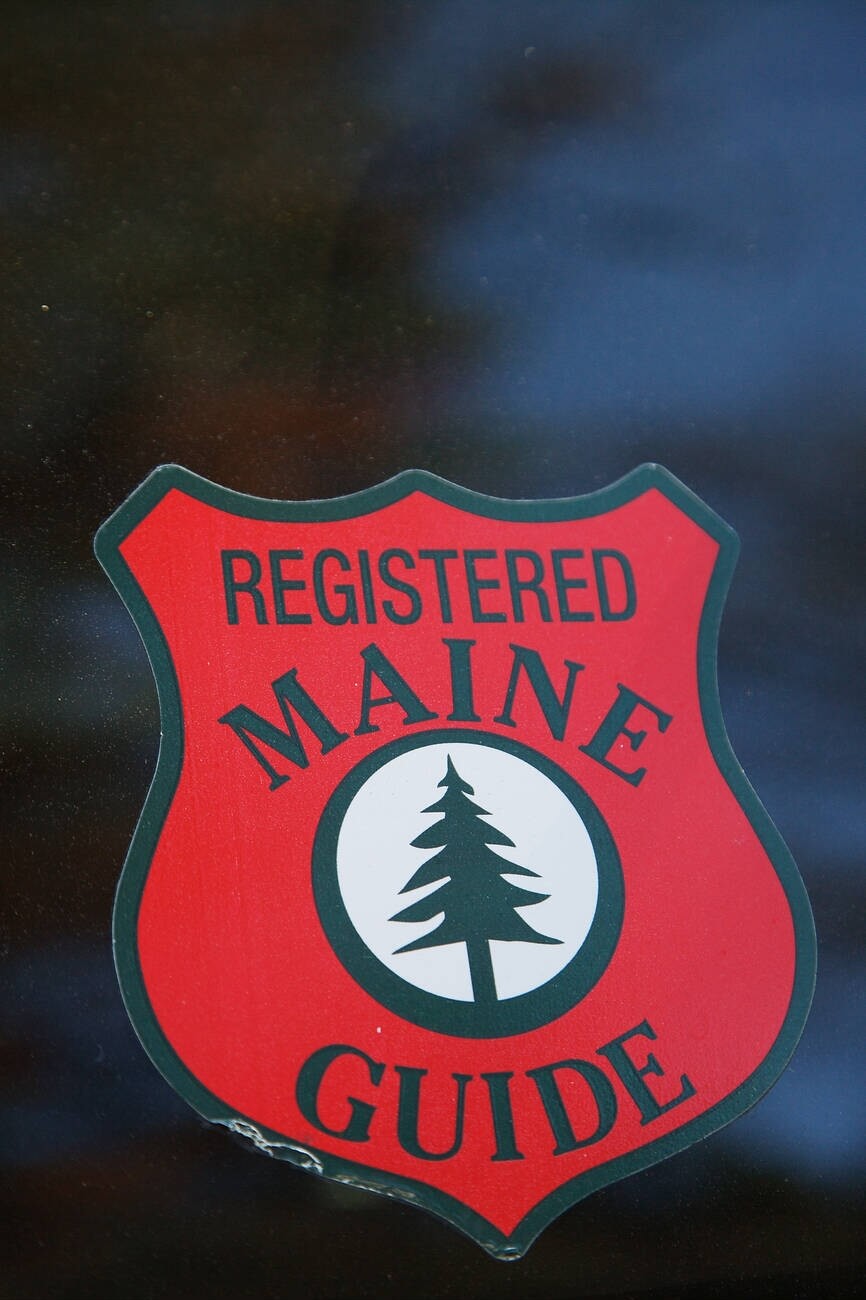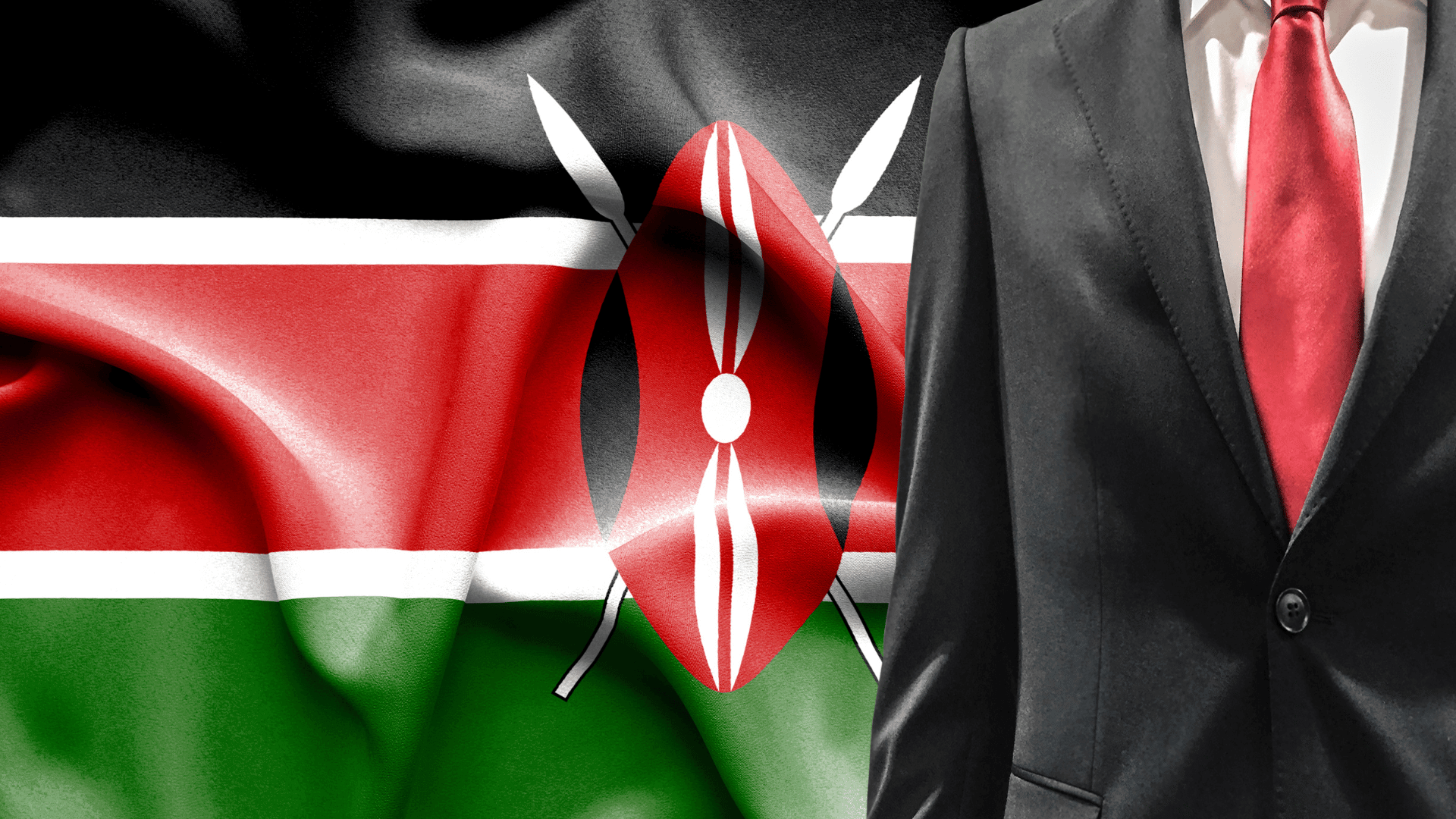Are you feeling a calling to become a priestess? This revered role is becoming increasingly prominent as more women seek deeper spiritual connections and community service. As a priestess, you can offer diverse services, including ritual leadership and healing. To embark on this path, you must explore your spiritual journey, embracing practices like meditation and divination. Additionally, seek kinship or mentorship in women’s circles. This guide is crafted to help you navigate these steps and embrace your unique journey as a modern-day priestess.
Understanding the Path

Becoming a Priestess is a profound calling that requires commitment, dedication, and a deep connection to the divine. In this section, we’ll explore the historical context of Priestesshood and the modern roles of Priestesses.
Historical Context
Priestesses have been a part of human history for thousands of years. In ancient times, they served as spiritual leaders, healers, and advisors to their communities. They were revered for their wisdom, intuition, and connection to the divine.
In some cultures, Priestesses were associated with specific goddesses and were seen as their earthly representatives. They were responsible for performing rituals, interpreting omens, and ensuring the well-being of their communities.
Modern Priestess Roles
Today, the role of a Priestess has evolved to meet the needs of modern society. While some Priestesses still serve as spiritual leaders and healers, others have expanded their roles to include activism, art, and entrepreneurship.
Priestesses may lead workshops, ceremonies, and retreats or work one-on-one with clients as coaches or mentors. They may also use their skills as artists, writers, or musicians to inspire others and promote social change.
Whatever their specific role, modern Priestesses share a commitment to service, a deep connection to the divine, and a desire to help others awaken their spiritual potential.
In conclusion, becoming a Priestess is a calling that requires dedication, commitment, and a deep connection to the divine. Whether you choose to follow a traditional path or create your own, the role of a Priestess is one of service, wisdom, and inspiration.
Spiritual Preparation
Before embarking on the journey to become a priestess, it is essential to undertake spiritual preparation. This preparation involves self-reflection and meditation practices that will help you connect with your inner self and the divine.
Self-Reflection
Self-reflection is a crucial aspect of spiritual preparation. It involves taking time to look inward and examine your thoughts, emotions, and beliefs. Self-reflection helps you gain a deeper understanding of yourself and your purpose in life.
To begin the process of self-reflection, find a quiet and peaceful place where you can be alone with your thoughts. Take a few deep breaths and focus on your breath. Ask yourself questions such as “What are my values and beliefs?” and “What is my purpose in life?” Write down your thoughts and feelings in a journal to help you gain clarity and insight.
Meditation Practices
Meditation is another essential aspect of spiritual preparation. It helps you quiet your mind, connect with your inner self, and cultivate a sense of peace and calm. There are many different meditation practices to choose from, including guided meditation, mindfulness meditation, and transcendental meditation.
To get started with meditation:
- Find a quiet and peaceful place where you can sit comfortably.
- Close your eyes and focus on your breath. If your mind wanders, gently bring your attention back to your breath.
- Start with just a few minutes of meditation each day and gradually work your way up to longer sessions.
In conclusion, spiritual preparation is an essential aspect of becoming a priestess. By engaging in self-reflection and meditation practices, you can connect with your inner self and the divine and prepare yourself for the journey ahead.
Formal Training
If you are interested in becoming a priestess, formal training is a crucial step in the process. This section will outline the educational requirements and finding a mentor.
Educational Requirements
To become a priestess, you will need to have a strong foundation in theology and religious studies. It is recommended that you pursue a degree in religious studies, divinity, or theology. Many universities and colleges offer these programs, and some even provide specific programs for those interested in becoming a priestess.
In addition to formal education, it is also important to attend seminars, workshops, and conferences related to your chosen path. These events can provide you with valuable knowledge and networking opportunities.
Finding a Mentor
Finding a mentor is an important step in your journey to becoming a priestess. A mentor can provide guidance, support, and wisdom as you navigate your path. Look for someone who has experience in your chosen path and who embodies the qualities you hope to cultivate in yourself.
You can find a mentor through networking, attending events, or reaching out to spiritual leaders in your community. It is important to build a relationship with your mentor and to be open to their guidance and feedback.
Remember, becoming a priestess is a lifelong journey of learning and growth. With dedication, hard work, and the right support system, you can achieve your dreams of becoming a priestess.
Ceremonial Commitment
As you embark on the journey to become a Priestess, it is essential to understand the importance of a ceremonial commitment. This commitment is a sacred vow that you make to yourself, the Divine, and your community. It is a declaration of your dedication to the path of the Priestess and your willingness to serve the Divine Feminine.
Initiation Rites
Initiation is a significant step in the process of becoming a Priestess. It is a sacred ceremony that marks your transition from an aspirant to a fully-fledged Priestess. The initiation rite varies from tradition to tradition, but it typically involves a series of tests, challenges, and rituals that test your commitment to the path.
During the initiation, you may be required to spend time in solitude, fast, meditate, or perform specific tasks. These tests are designed to help you overcome your fears, doubts, and limitations and prepare you for the responsibilities of serving as a Priestess.
Vows and Dedication
The vows and dedication that you make during the initiation are a crucial aspect of your ceremonial commitment. These vows are a declaration of your dedication to the path of the Priestess and your willingness to serve the Divine Feminine. They are a promise that you make to yourself, the Divine, and your community to uphold the values and principles of the Priestess path.
Your dedication is an ongoing process that requires discipline, devotion, and practice. It involves committing to a daily spiritual practice, studying the teachings of the Priestess, and serving your community. Your dedication is a reminder of your commitment to the path and your responsibility to serve as a beacon of light for others.
In conclusion, a ceremonial commitment is an essential aspect of becoming a Priestess. It involves undergoing initiation rites, making vows, and dedicating yourself to the path of the Priestess. This commitment is a sacred declaration of your dedication to the Divine Feminine and your willingness to serve your community.
Community Involvement
As a Priestess, community involvement is an essential part of your spiritual journey. It is through service and leadership that you can make a positive impact on the world around you. Here are some ways you can get involved in your community:
Service and Leadership
One of the most important aspects of being a Priestess is serving others. You can do this by volunteering at a local charity or non-profit organization. This allows you to connect with others and make a difference in their lives. You can also take on leadership roles in these organizations, helping to guide and inspire others.
Another way to serve your community is by creating your events or gatherings. This can be anything from a meditation circle to a healing workshop. By sharing your gifts and talents with others, you can create a space for healing and transformation.
Continuing Education
As a Priestess, it is important to continue your education and spiritual development. This can be done through workshops, classes, and retreats. Look for opportunities to learn from other Priestesses and spiritual leaders in your community.
You can also deepen your knowledge and understanding of different spiritual traditions and practices. This will help you to serve others better and connect with a wider range of people.
Remember, community involvement is an important part of being a Priestess. By serving others and continuing your education, you can make a positive impact on the world around you.
Also Read: How To Become A Prophetess
Frequently Asked Questions
What steps are involved in training to be a priestess?
Becoming a priestess involves a lot of dedication and hard work. The first step is to find a mentor who can guide you through the process. You’ll need to study the Bible and Christian theology and attend church services regularly. You can also join a Bible study group to deepen your knowledge.
How can I tell if I have a calling to become a high priestess?
If you feel a strong connection to the divine and a desire to serve others, you may have a calling to become a high priestess. You may also feel a sense of purpose or mission to help others in their spiritual journeys. It’s important to listen to your intuition and seek guidance from trusted spiritual leaders.
What are the unique abilities and responsibilities of a high priestess?
A high priestess is a spiritual leader who is responsible for guiding and supporting her community. She has a deep connection to the divine and is able to channel spiritual energy to heal and empower others. She is also responsible for leading rituals and ceremonies and helping others connect with their spiritual gifts.
Could you explain the difference between a priestess and a goddess?
A priestess is a human woman who serves as a spiritual leader and guide. She may work with a particular goddess or deity, but she is not a goddess herself. A goddess is a divine being who represents a specific aspect of the divine, such as love, fertility, or wisdom.
What are the daily duties and roles of a modern-day priestess?
The daily duties of a modern-day priestess may vary depending on her particular tradition and community. Some may spend time in meditation and prayer, while others may work with clients to provide spiritual guidance and support. Many priestesses also lead rituals and ceremonies and work to create a sense of community and connection among their followers.
Are there any quizzes or assessments to help determine if I’m suited to be a high priestess?
While there are no formal quizzes or assessments to determine if you’re suited to be a high priestess, there are a few things you can do to explore your calling. You can spend time in meditation and prayer and seek guidance from trusted spiritual leaders. You can also attend workshops and retreats to deepen your knowledge and connect with others who share your interests.





